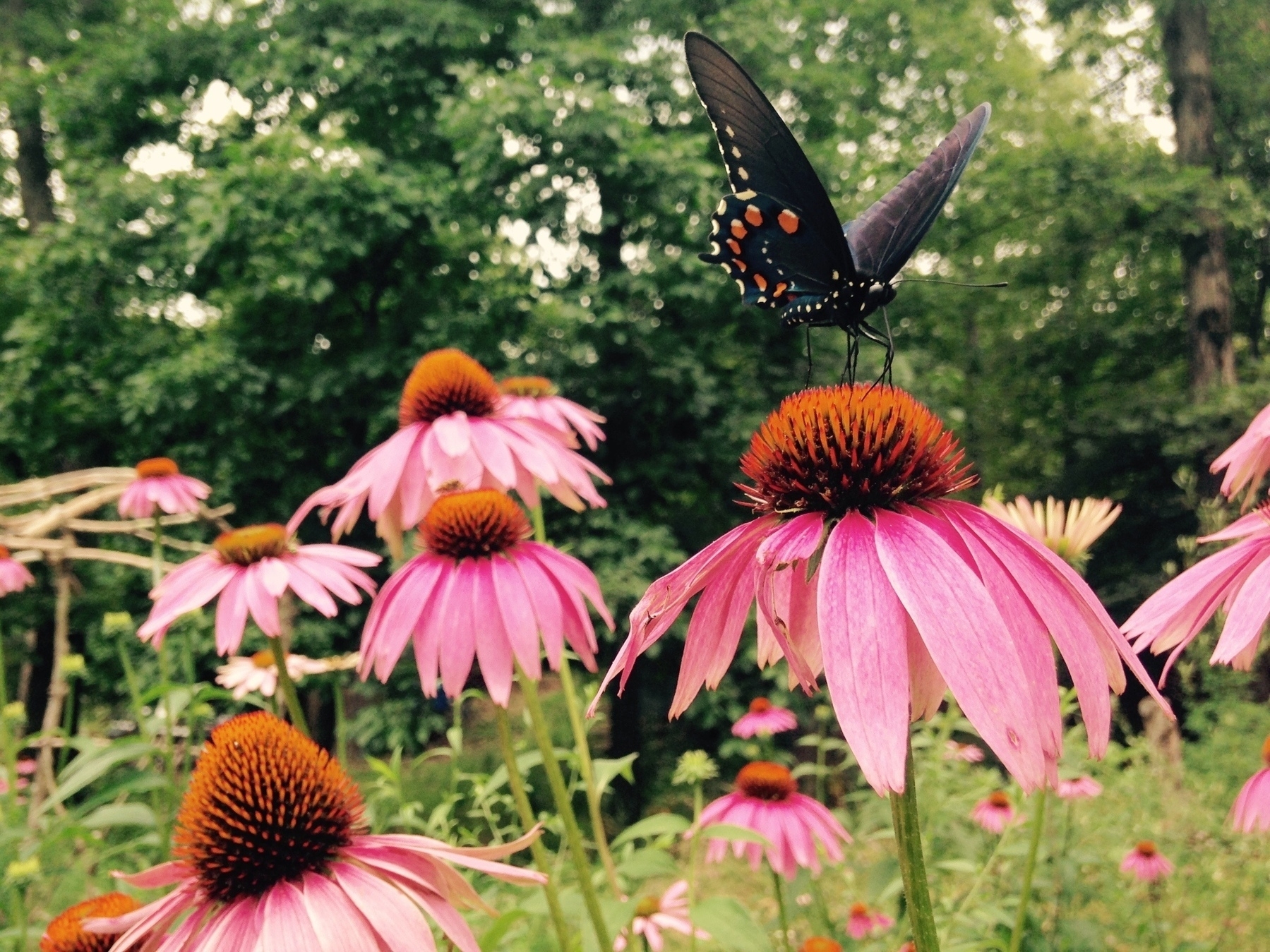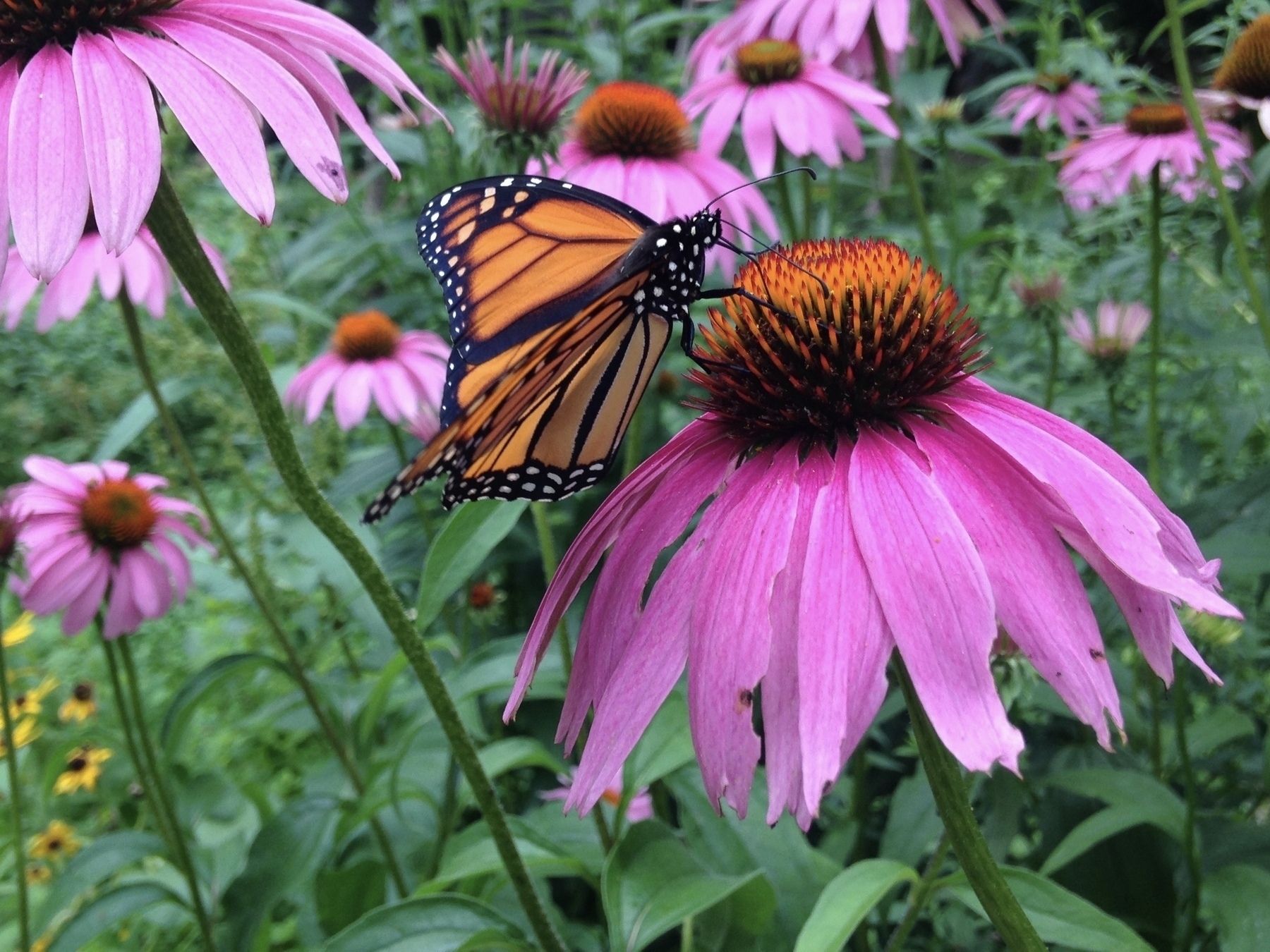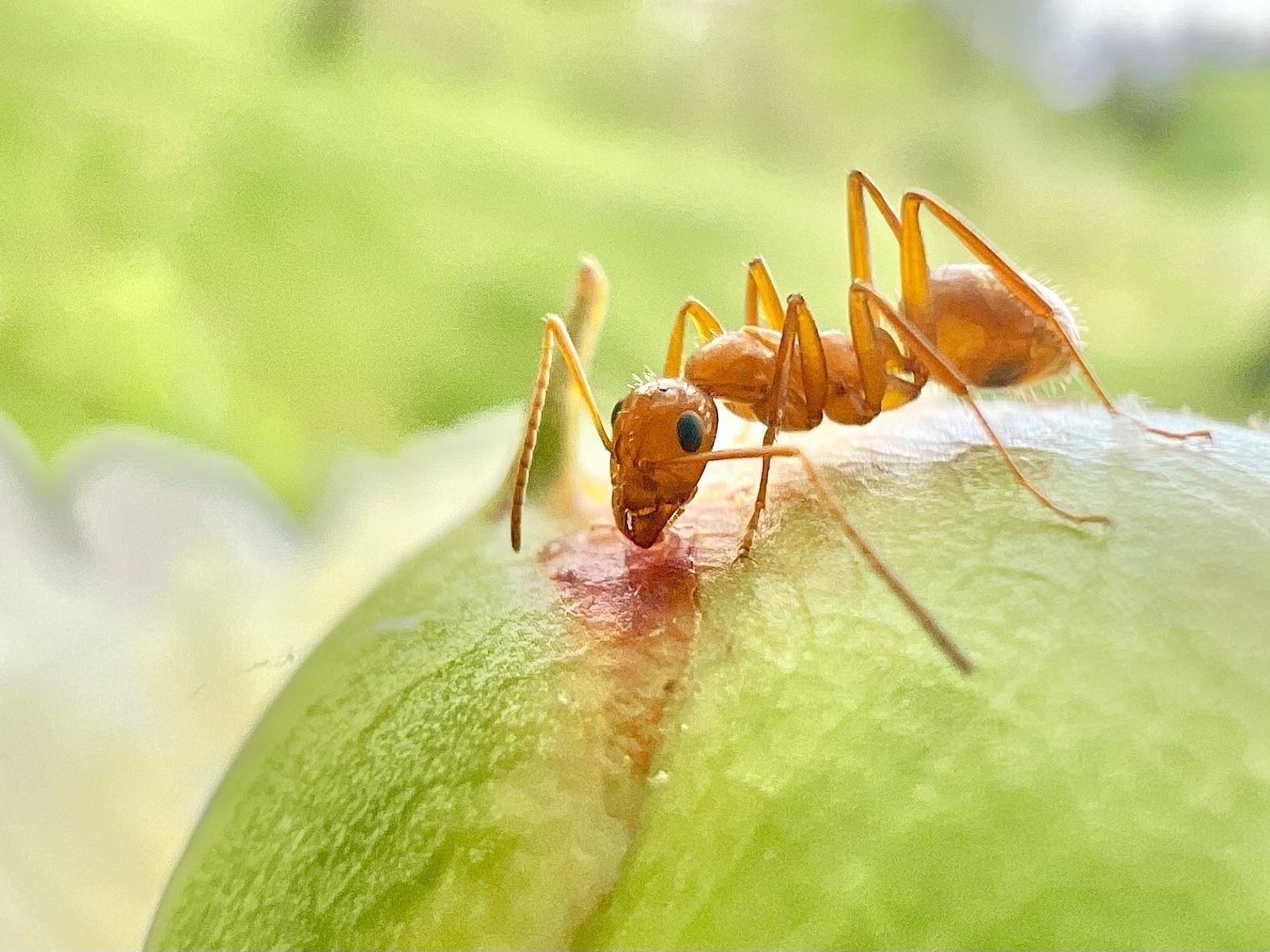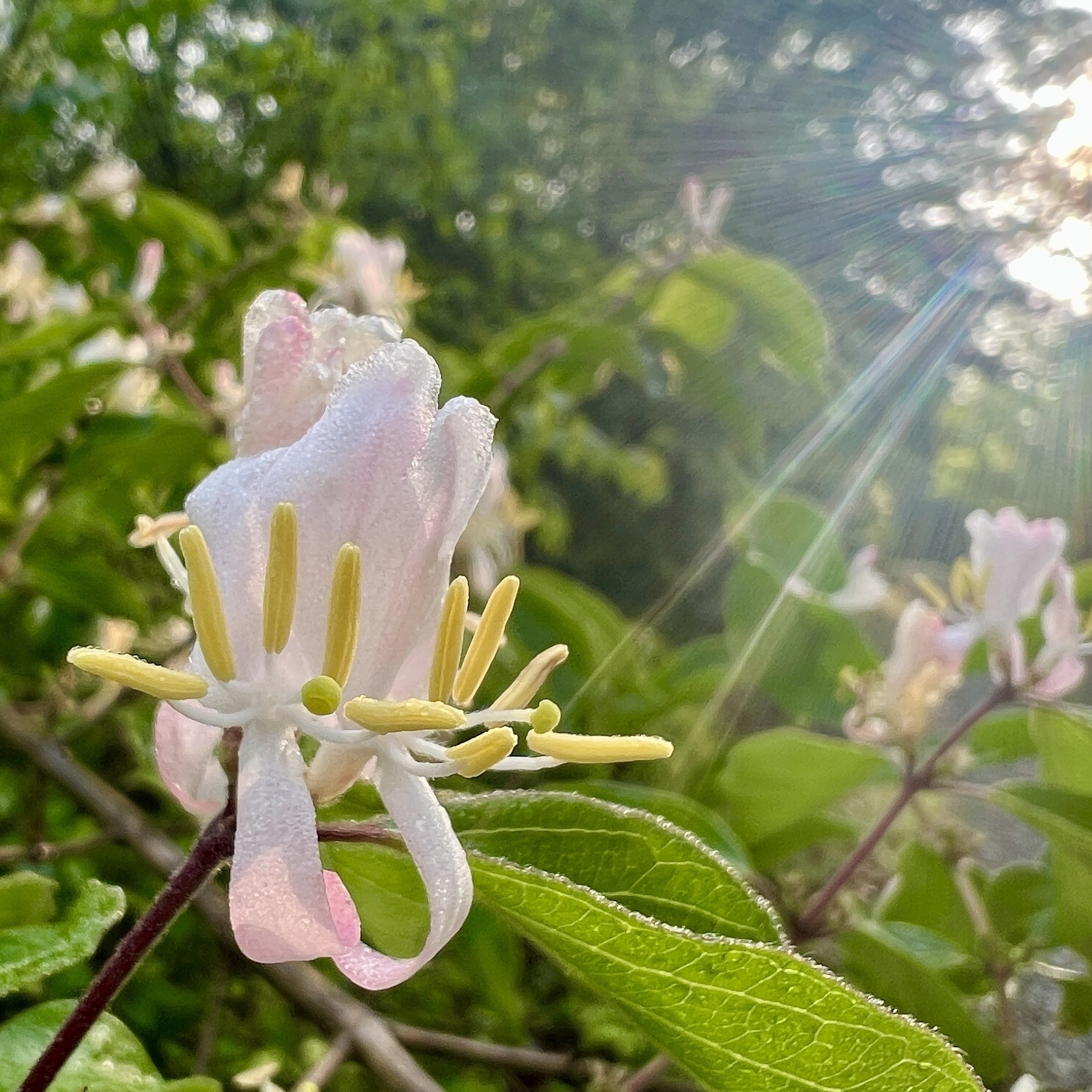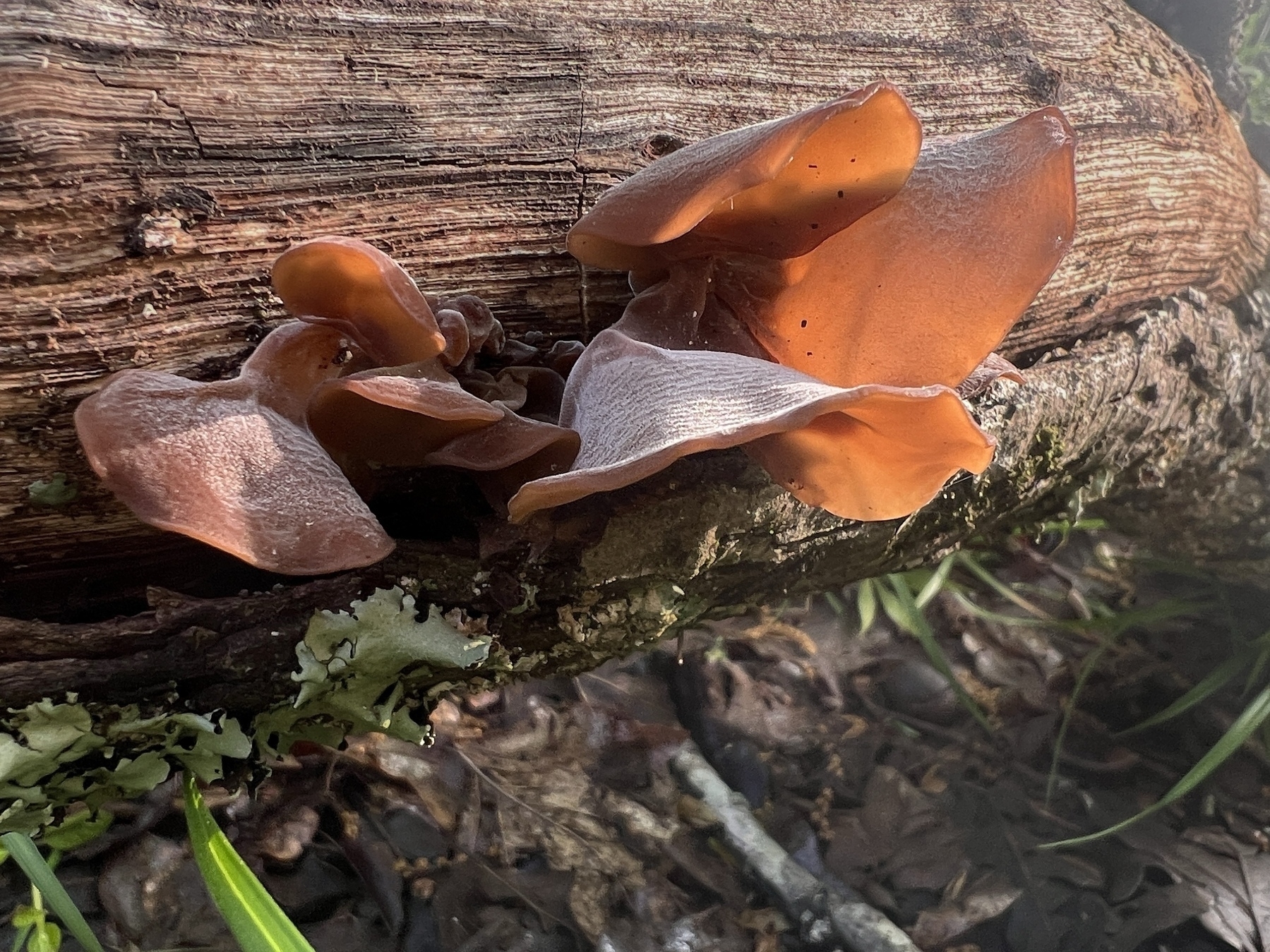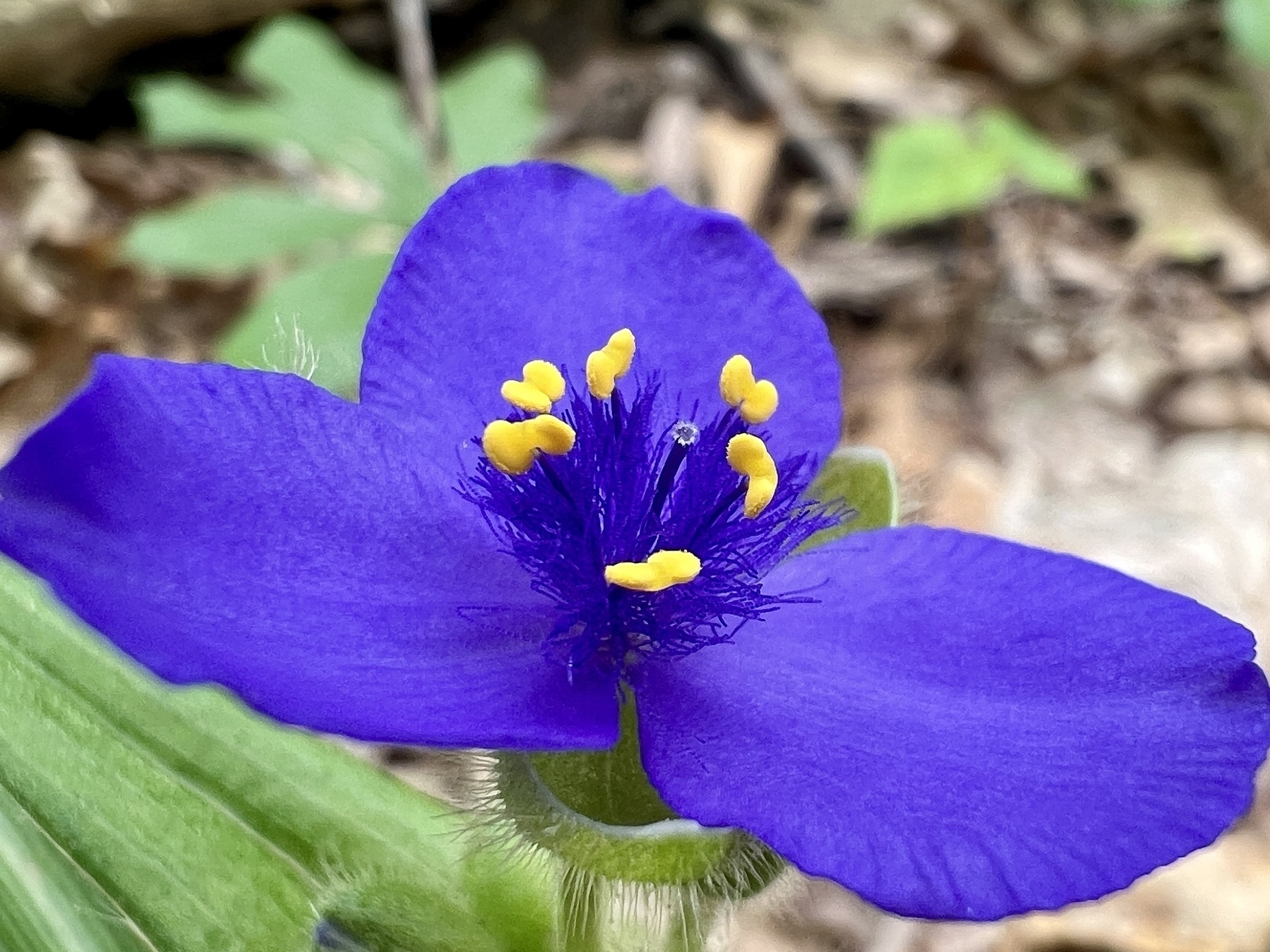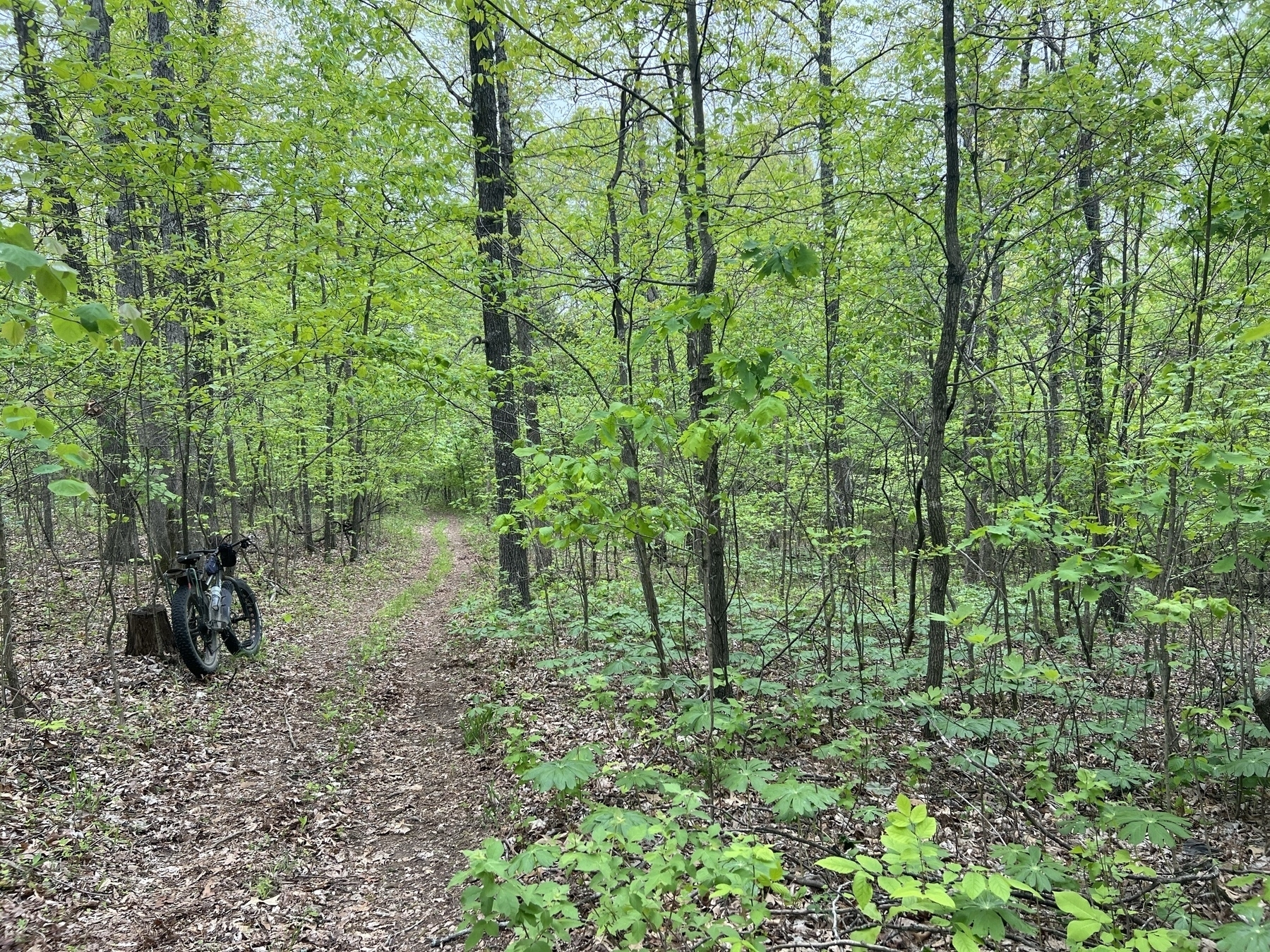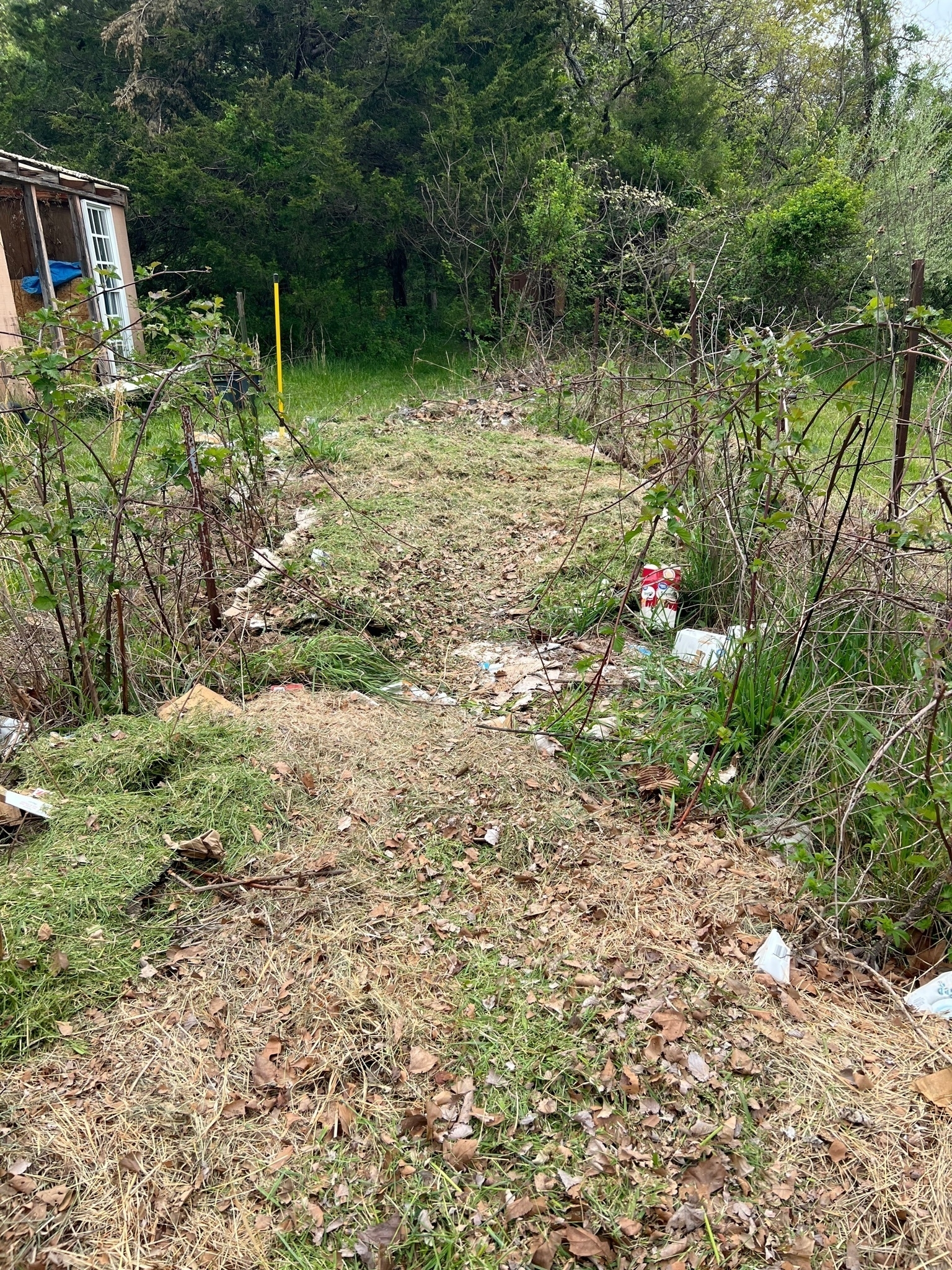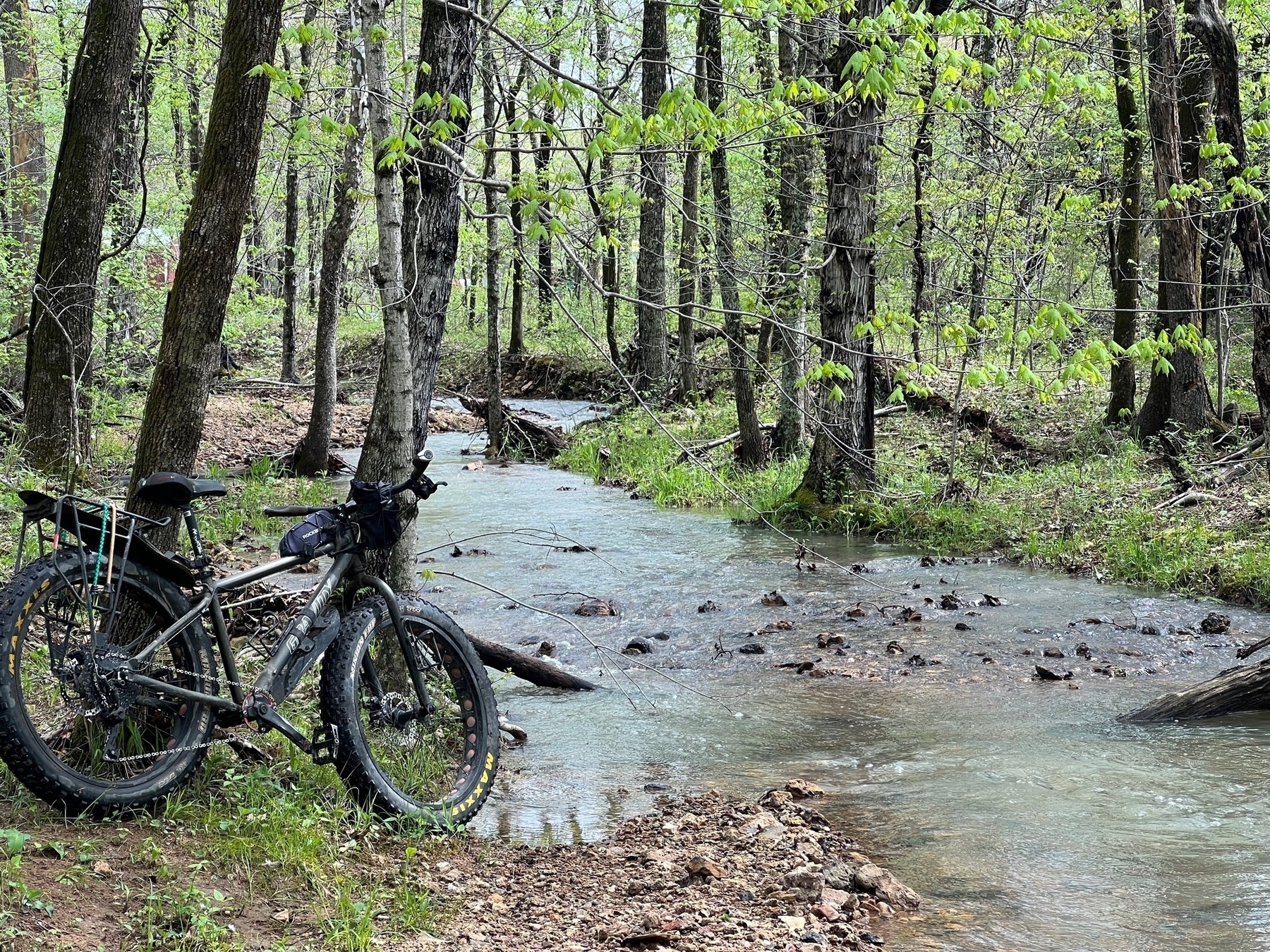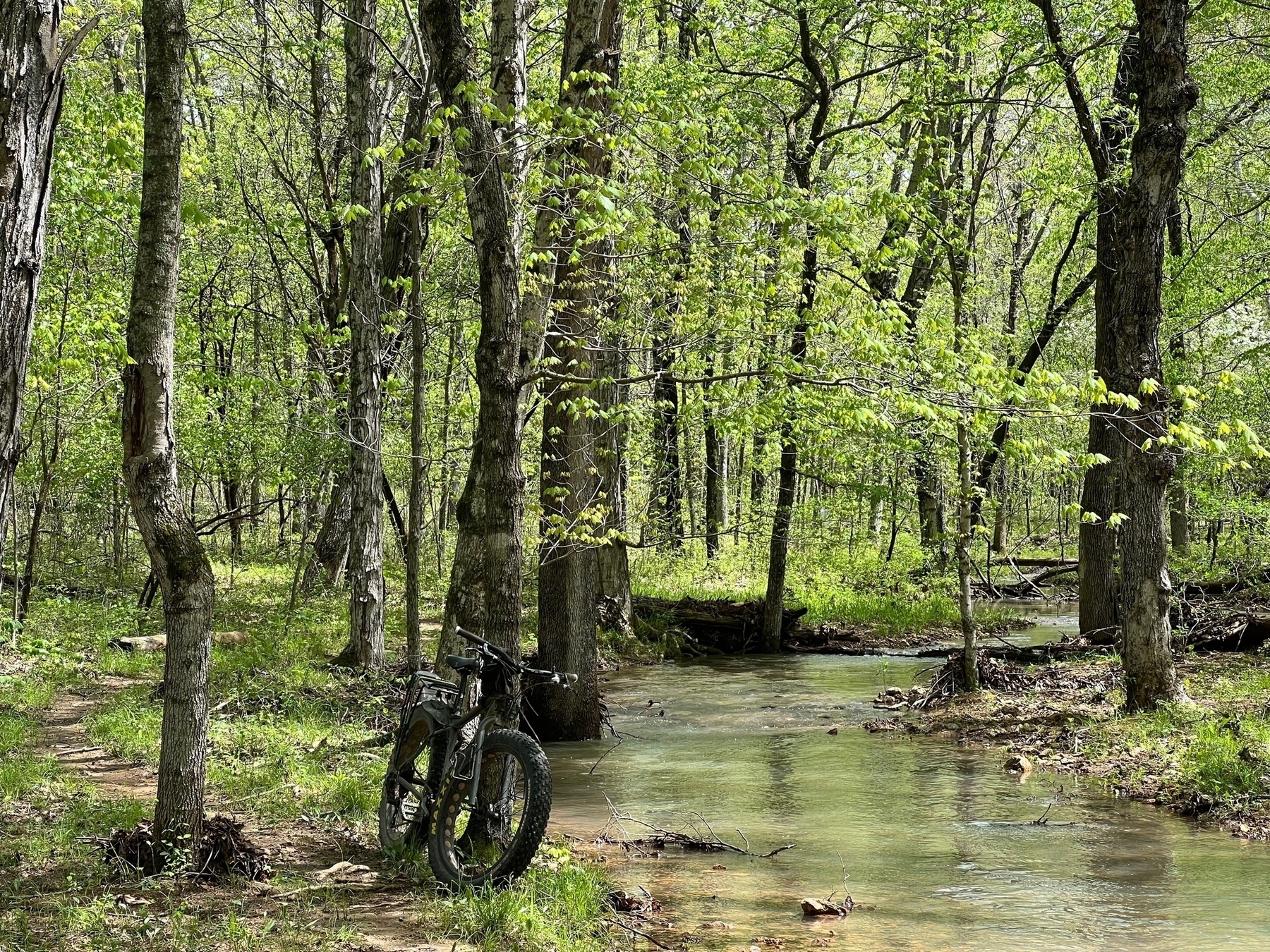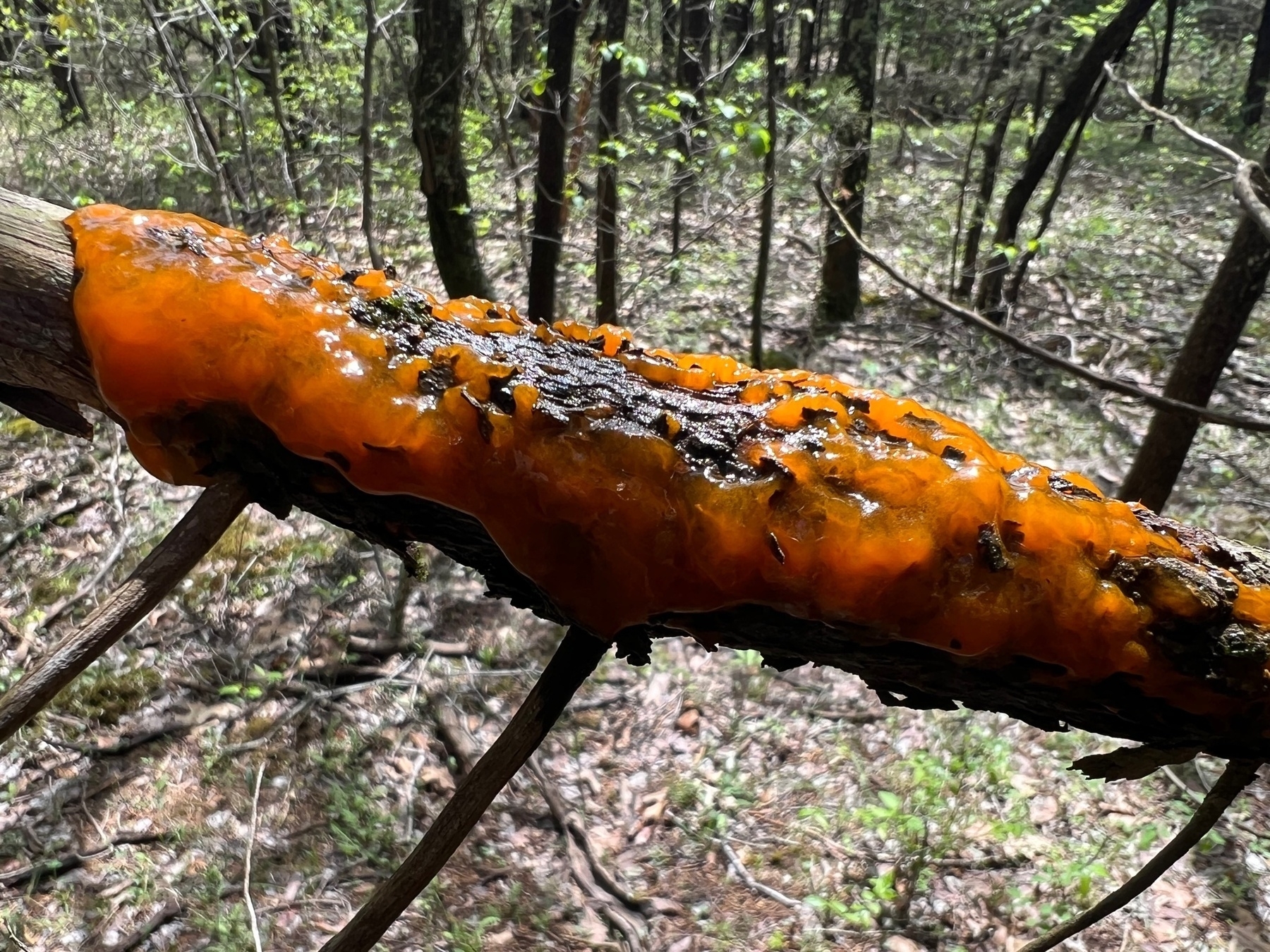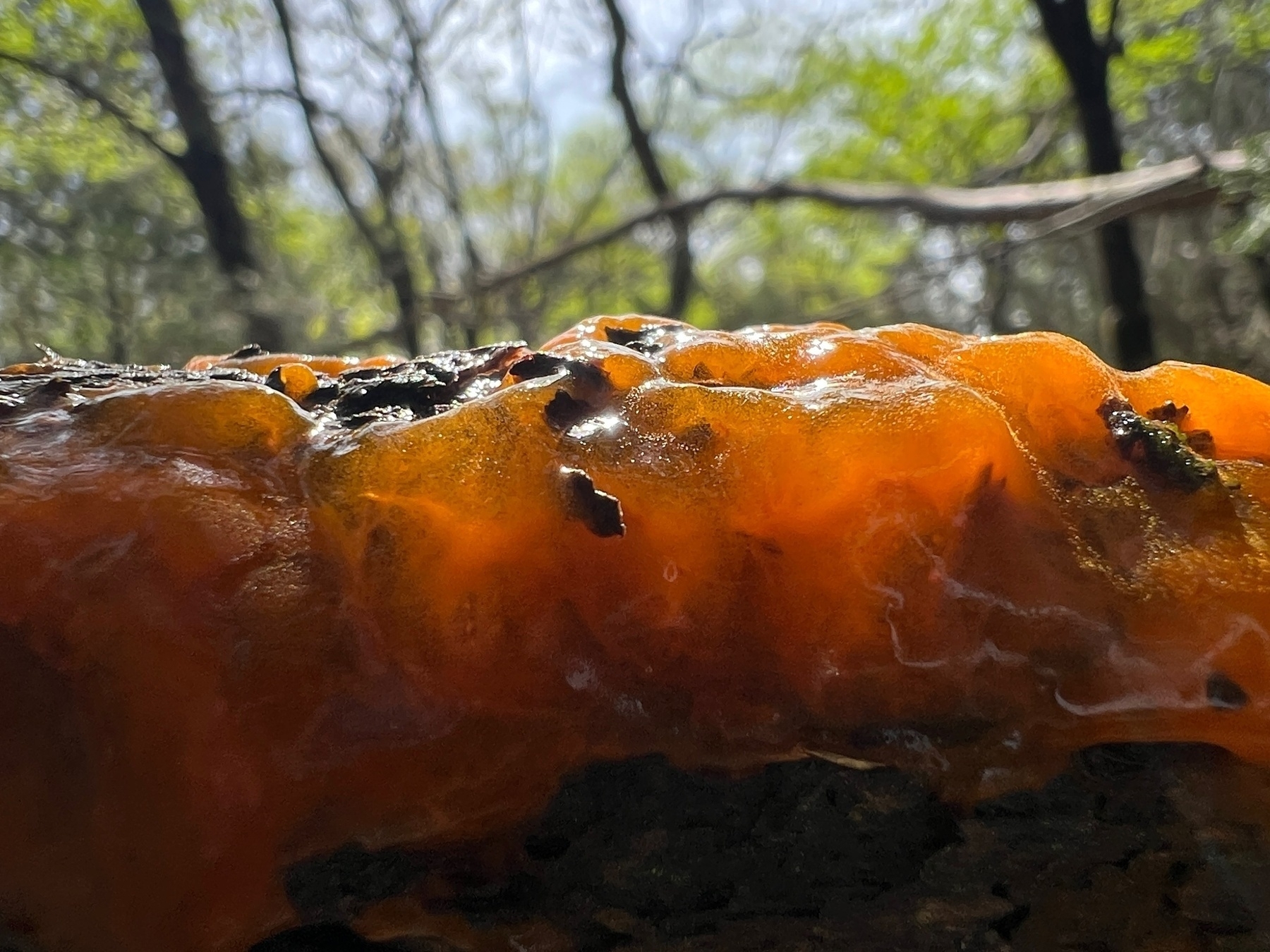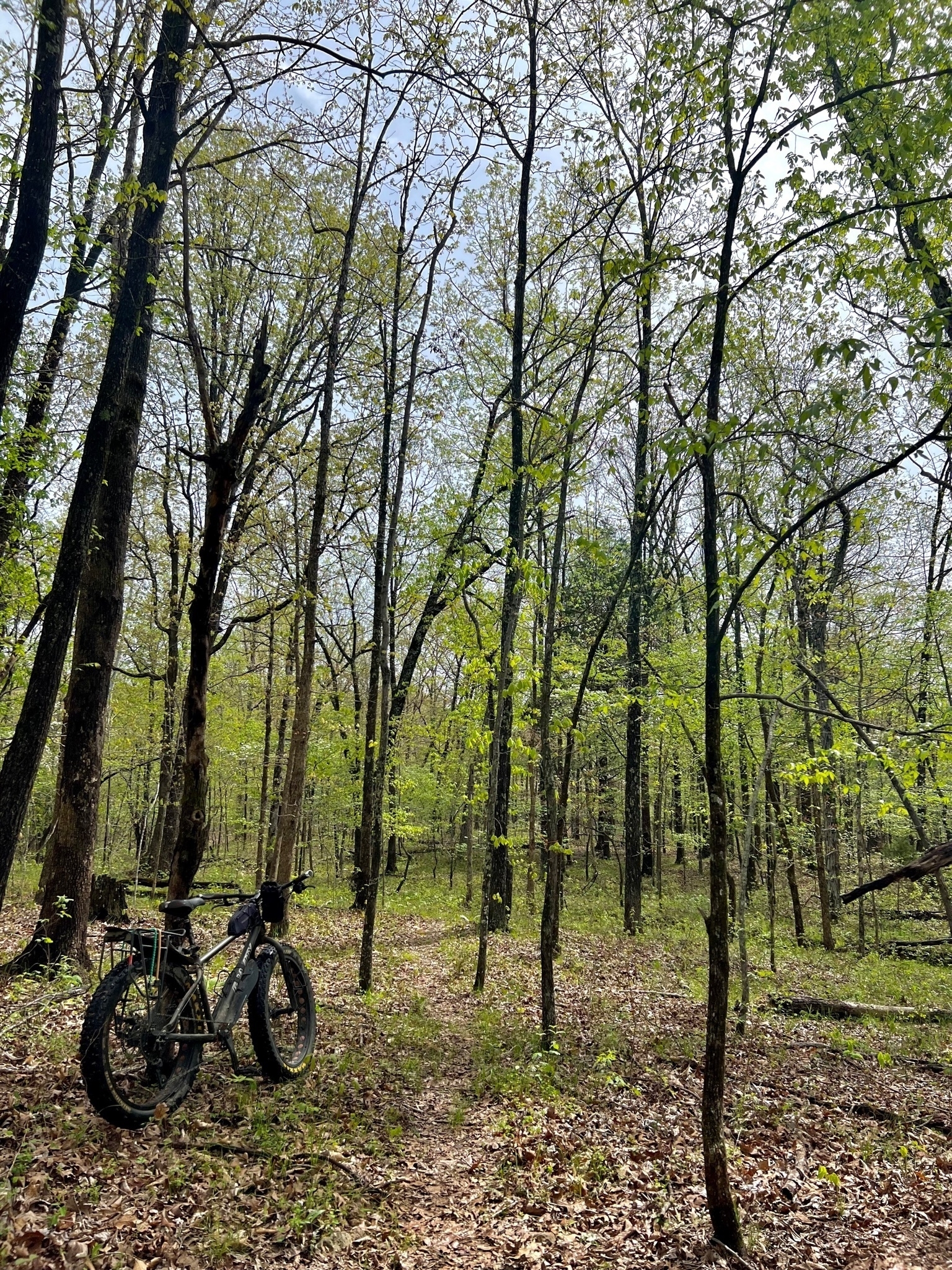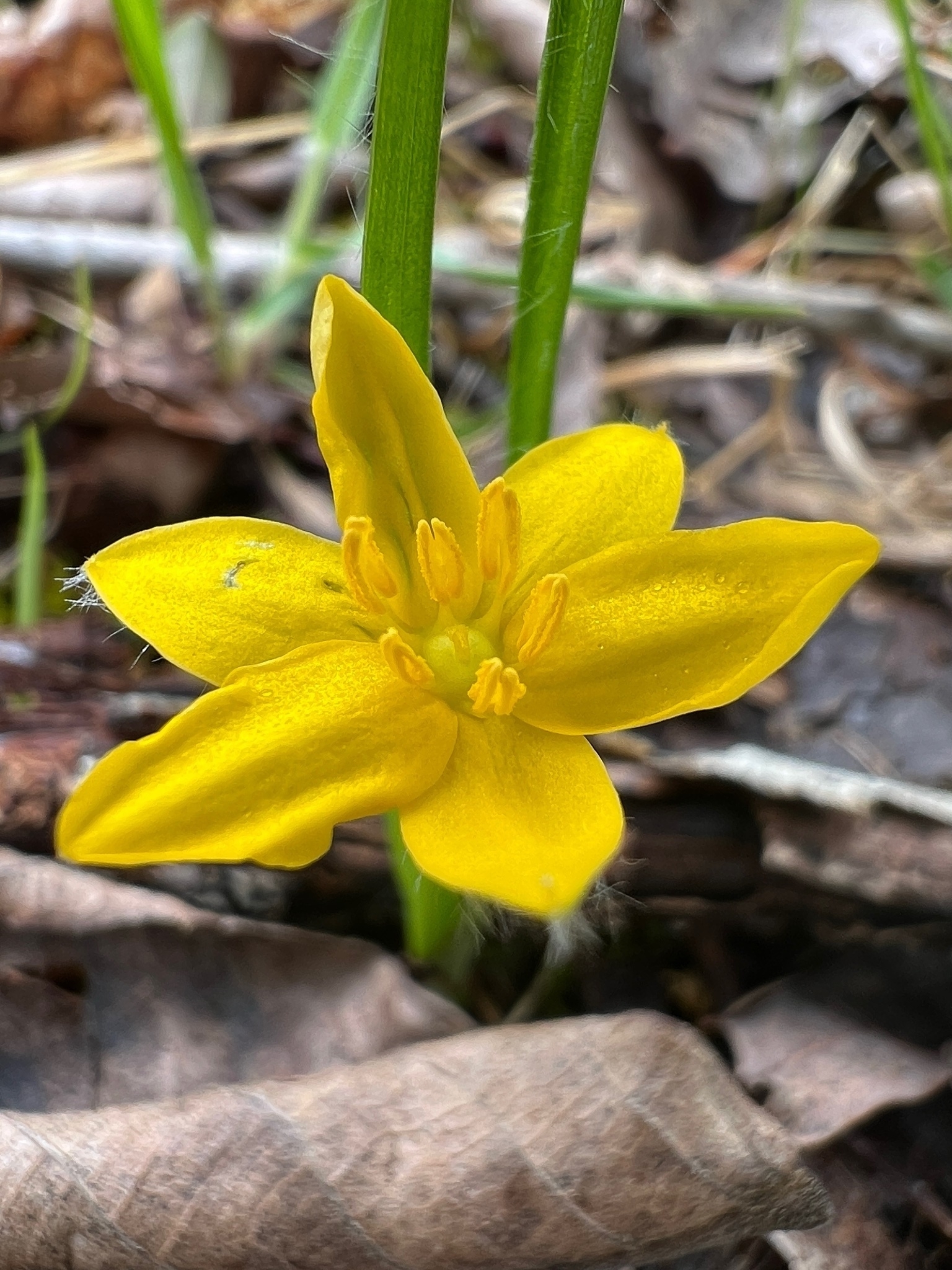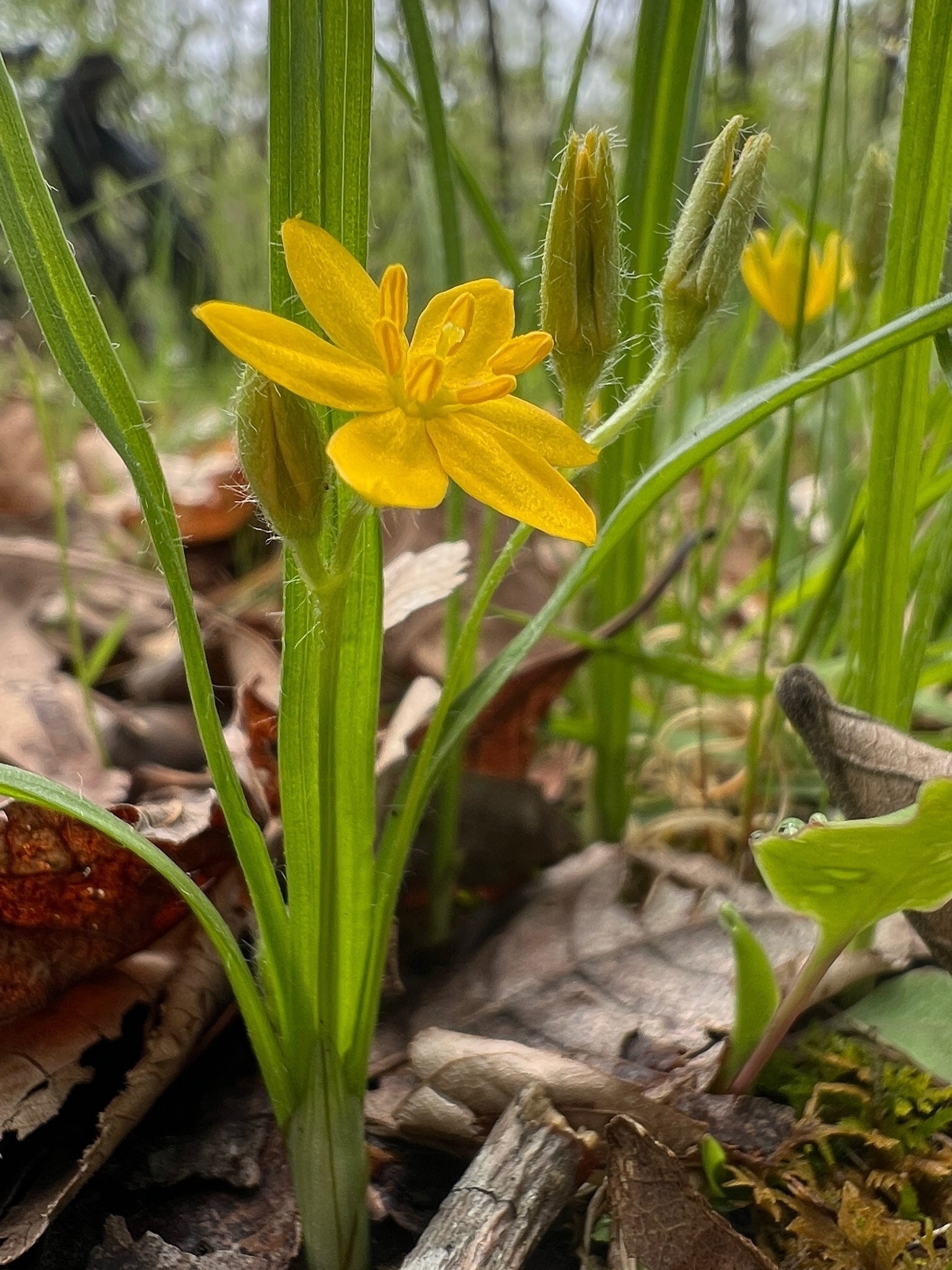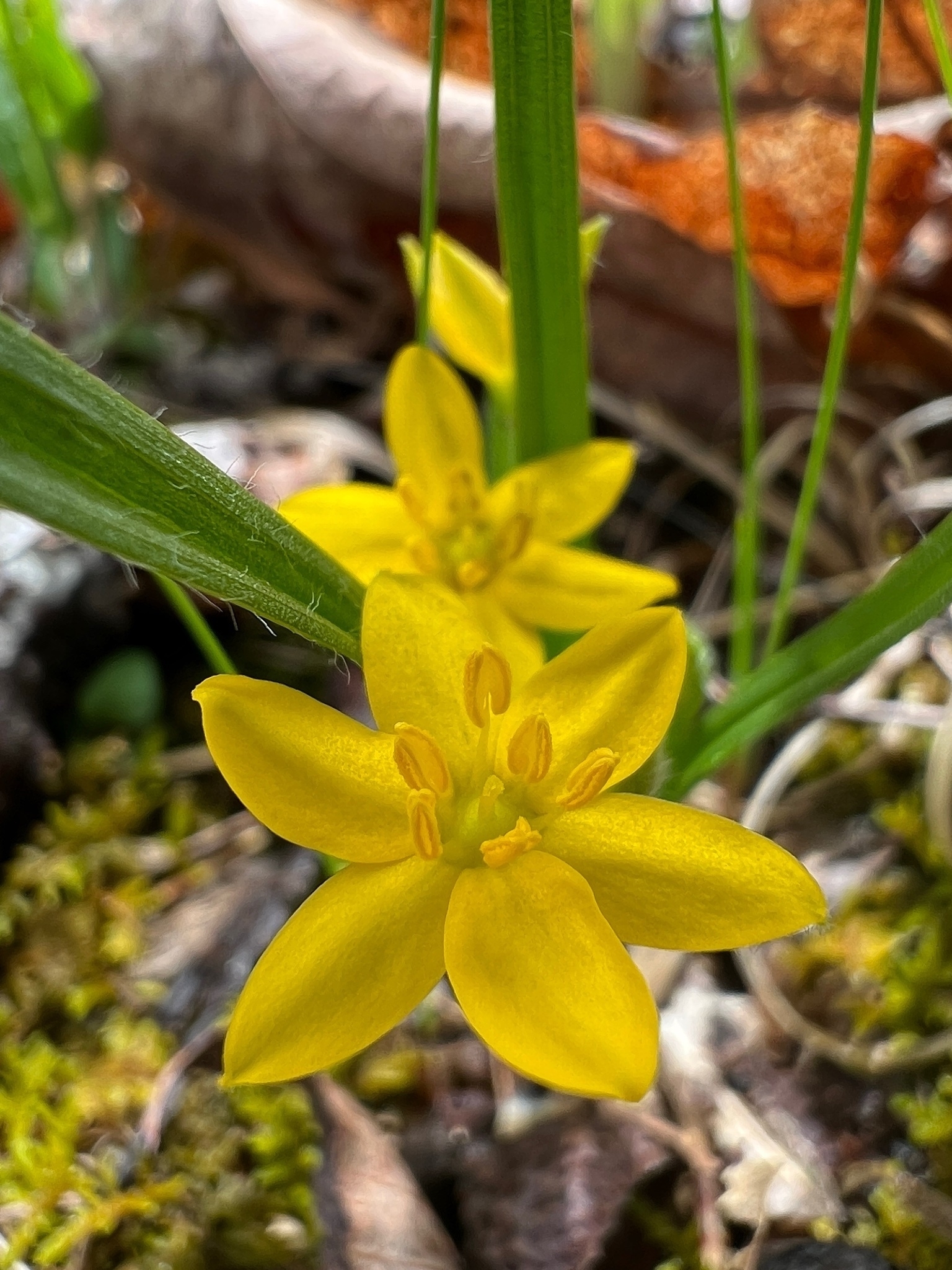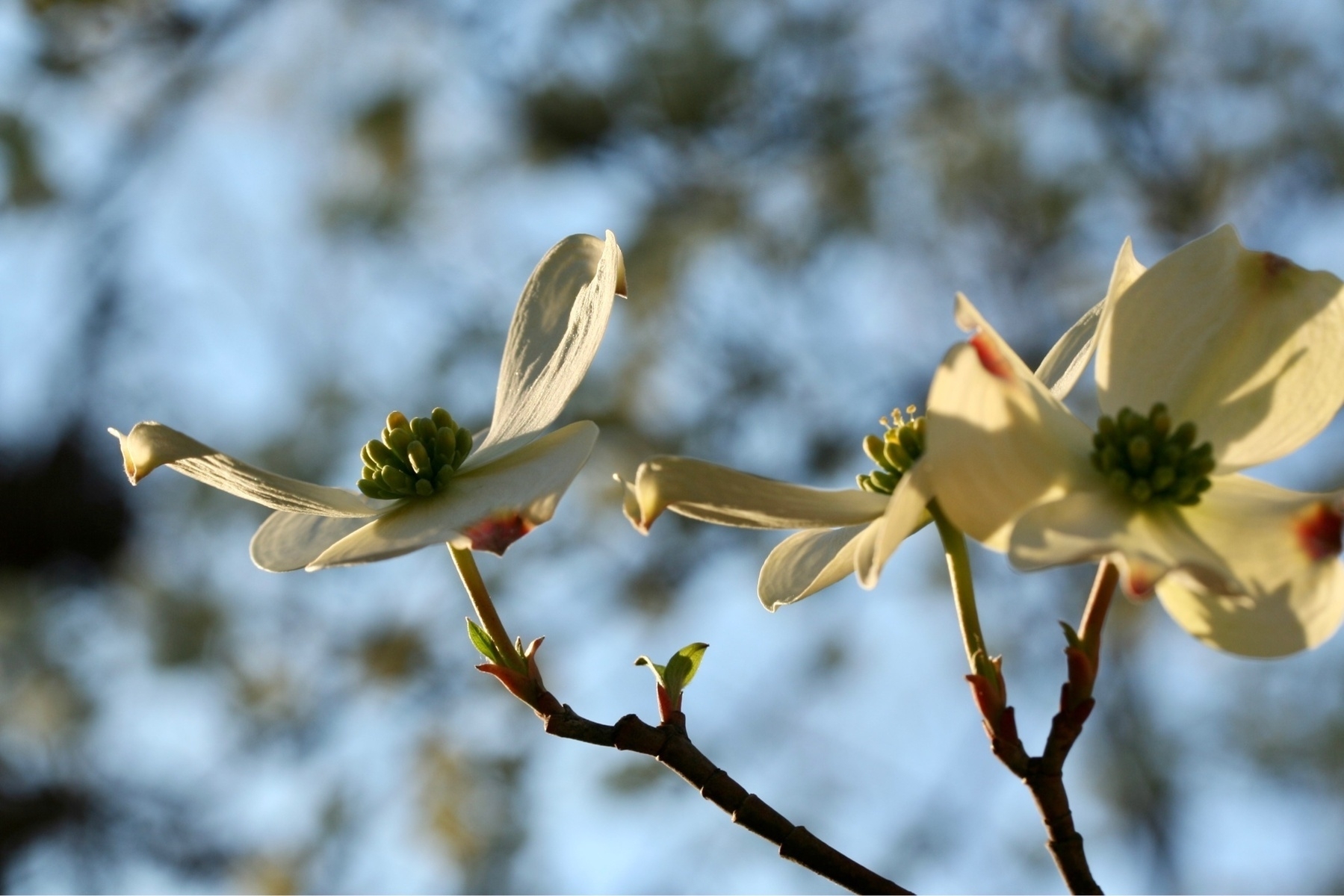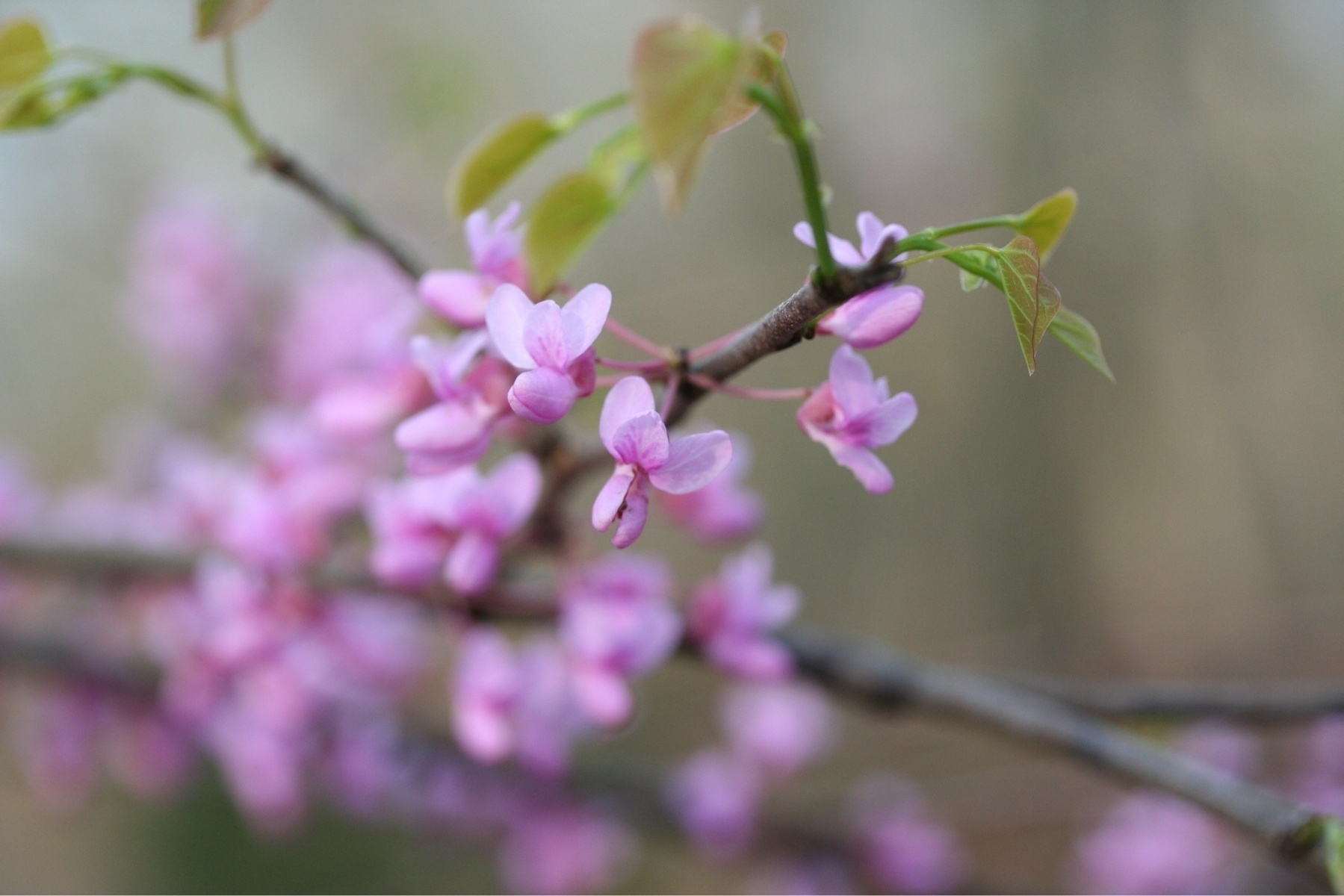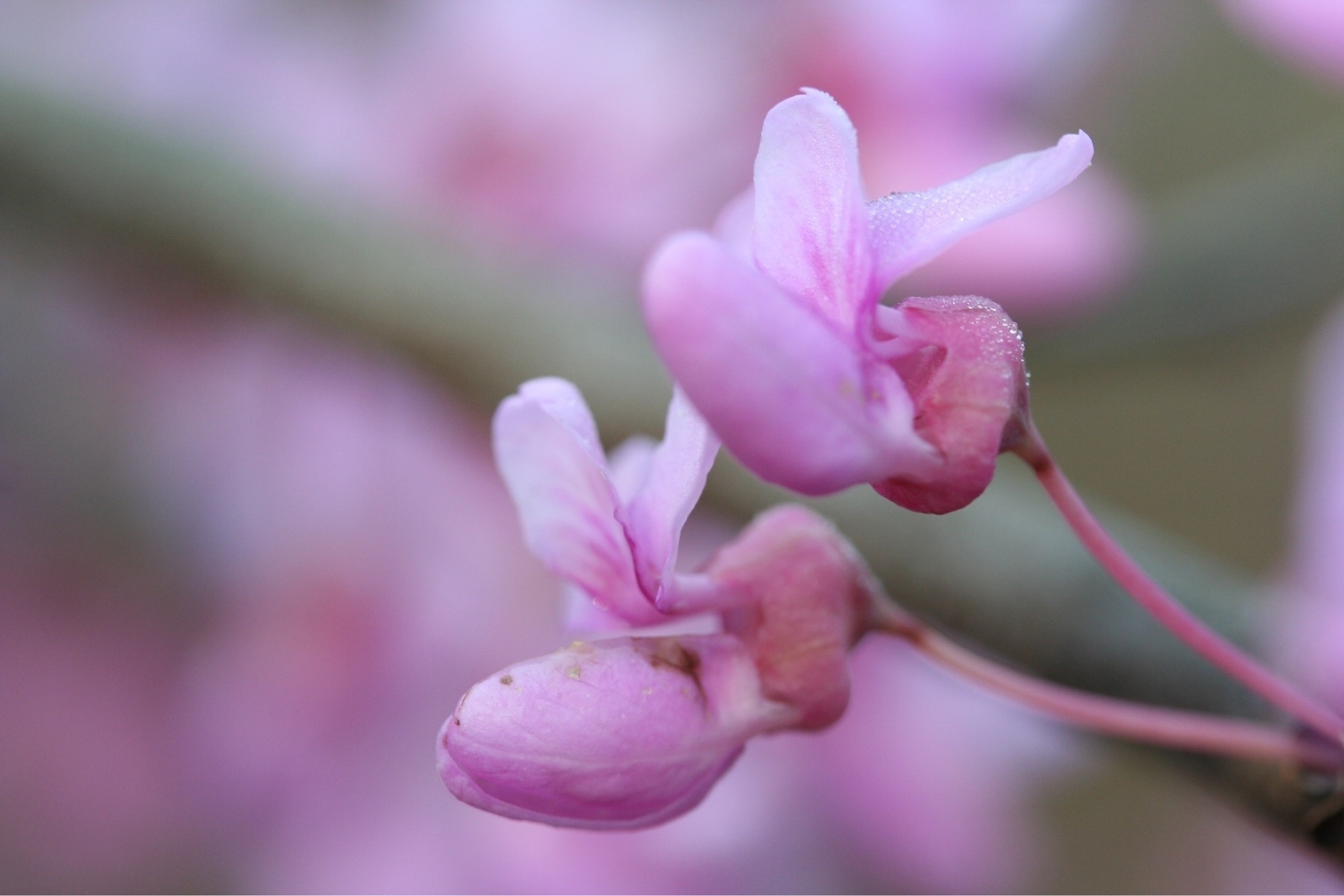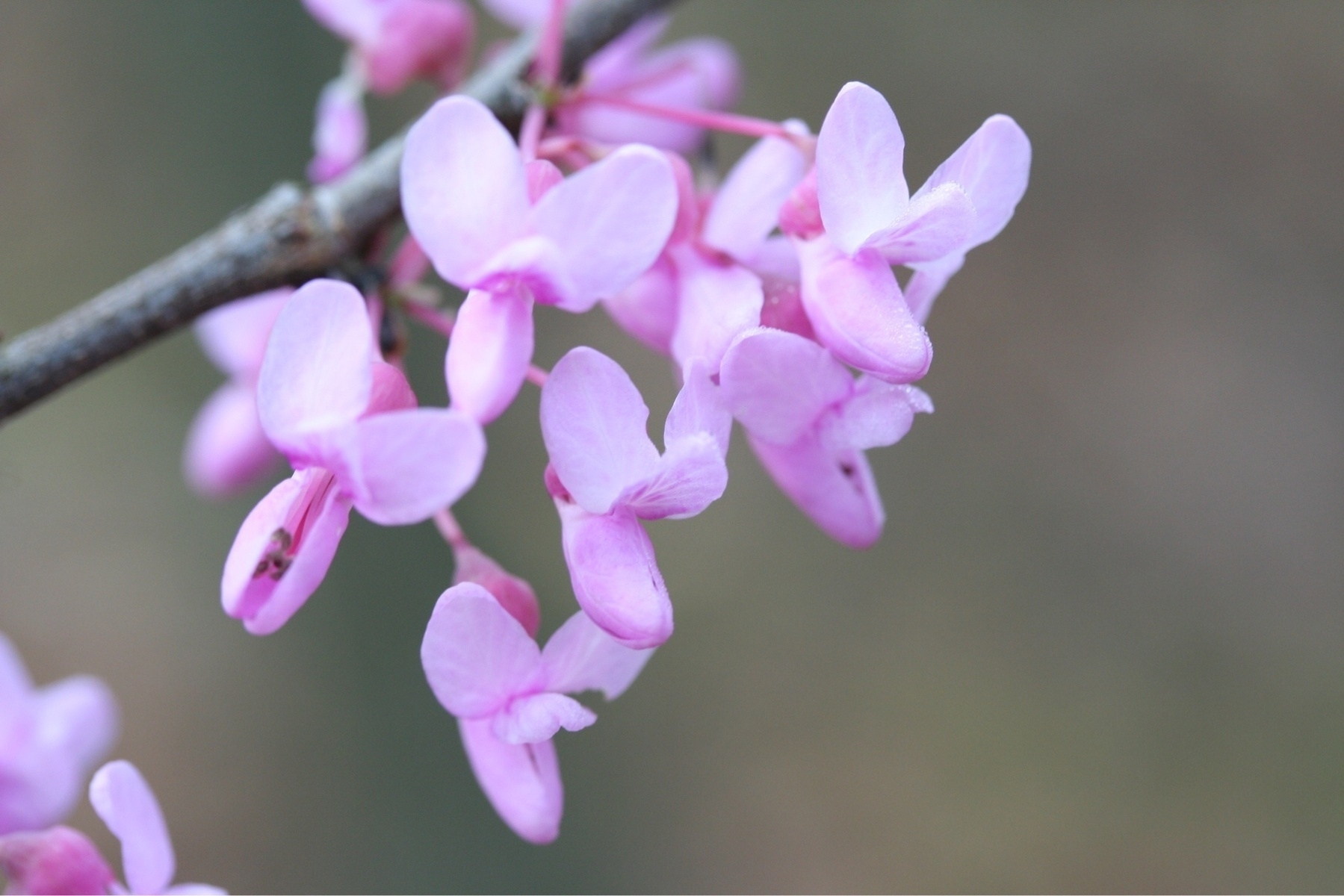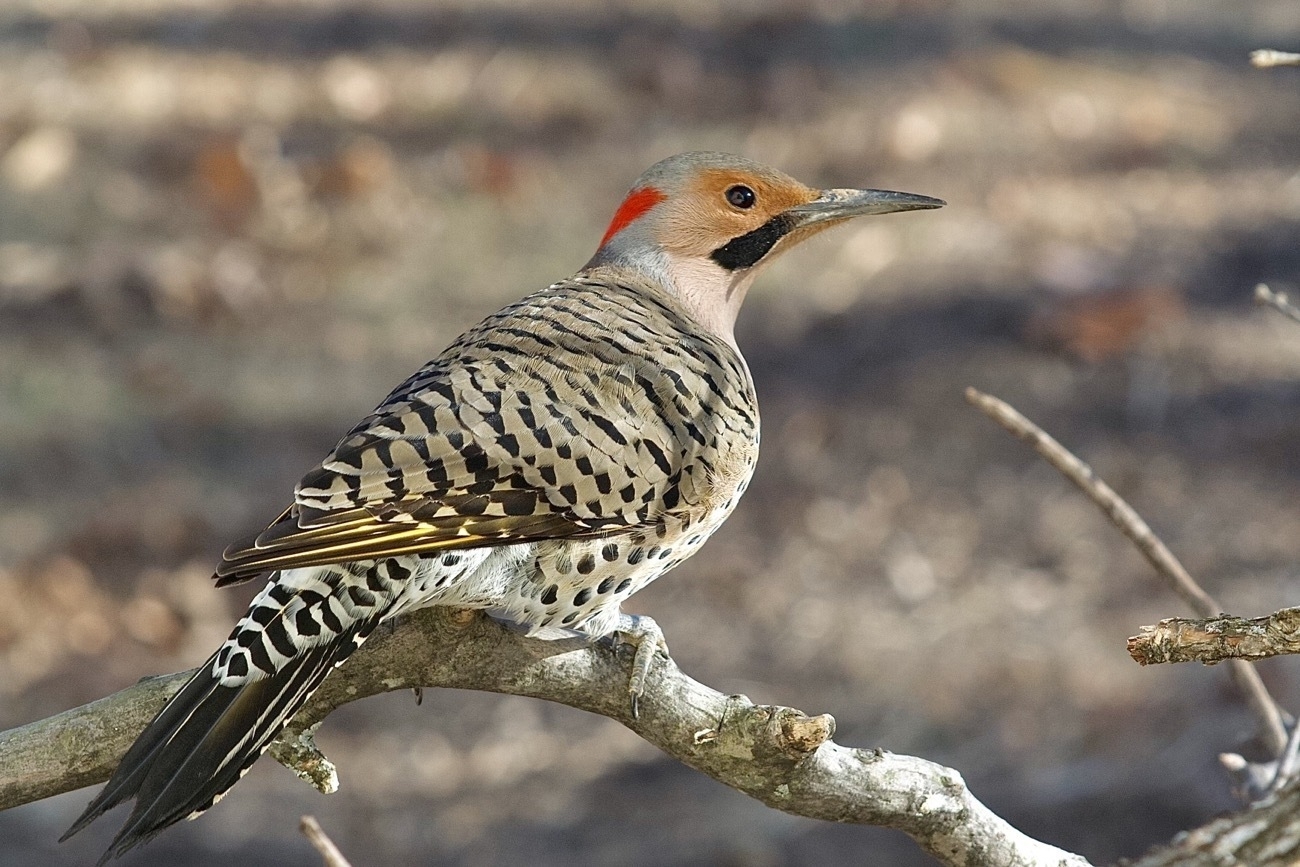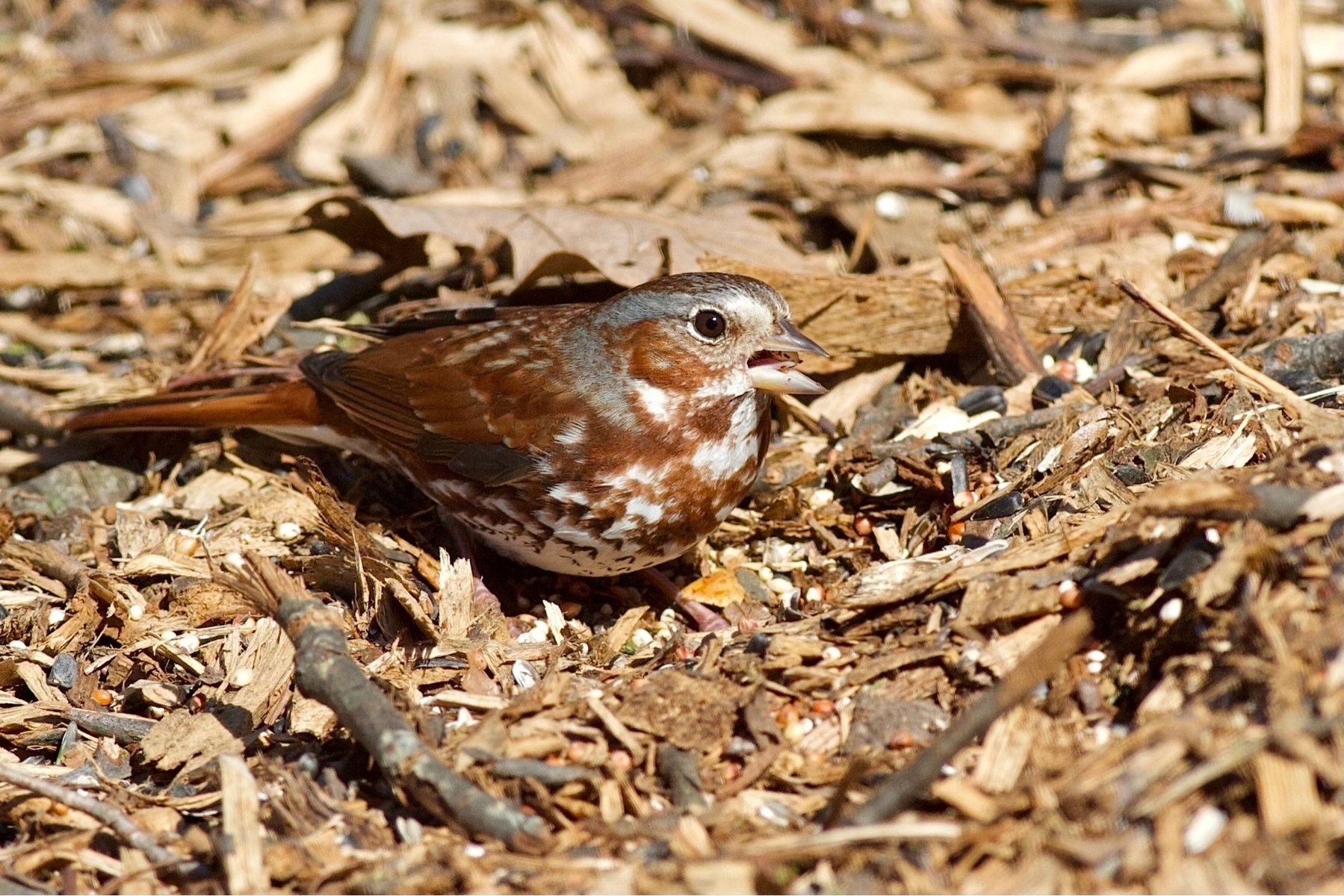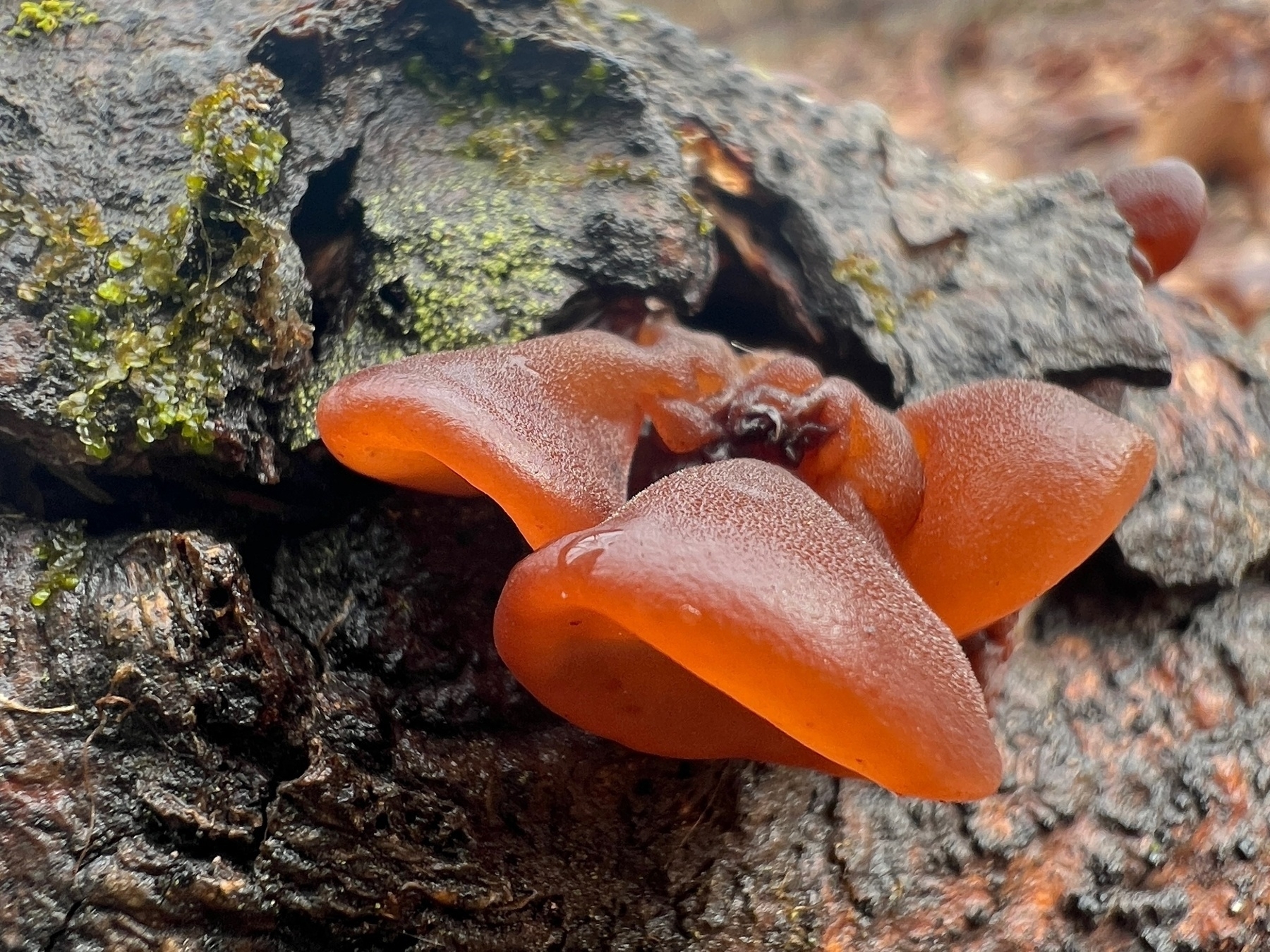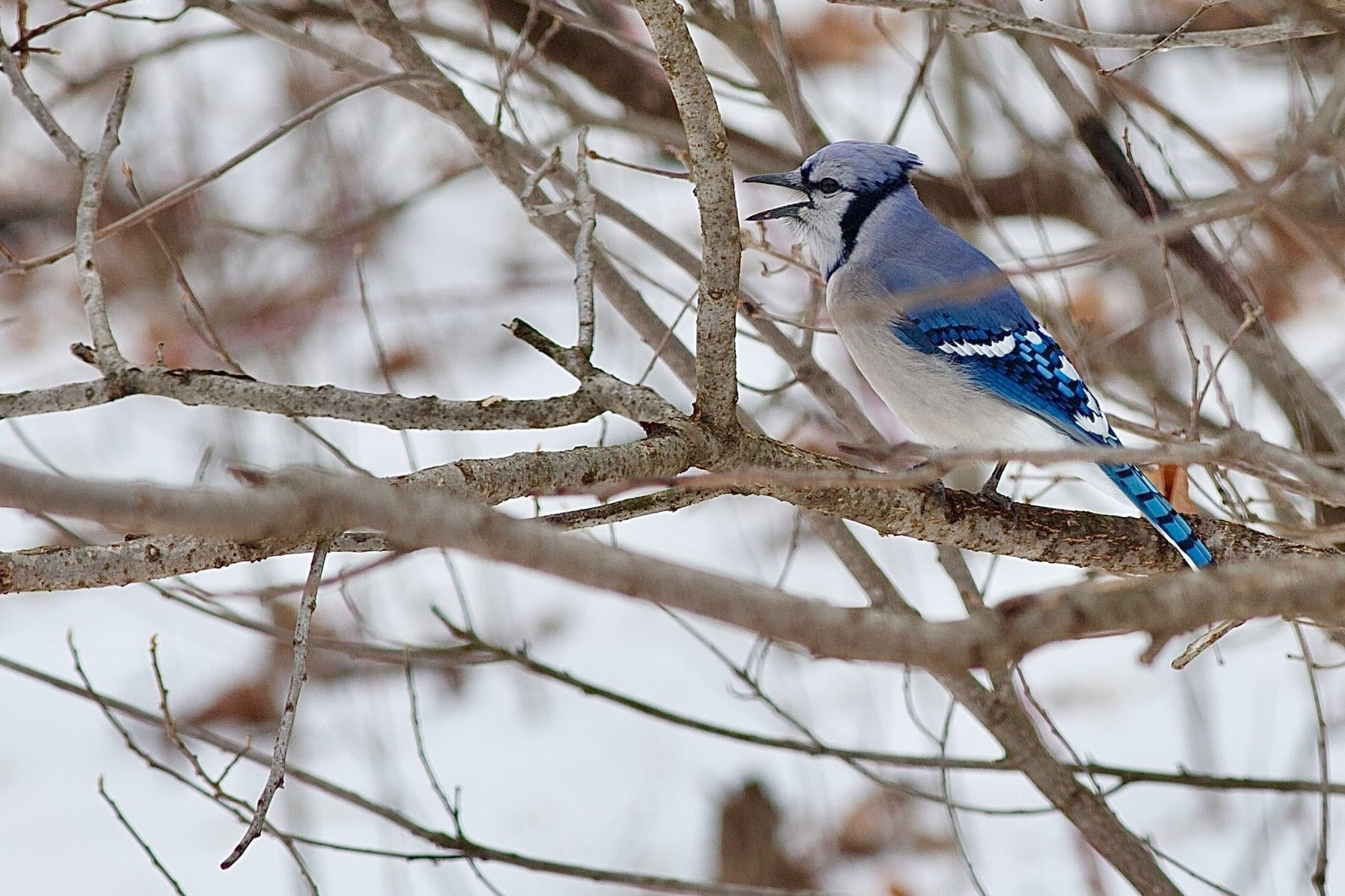Nature
From my archive, a buffet of Purple Coneflowers being enjoyed by pipevine swallowtail, Battus philenor and monarch butterfly. Native wildflower gardens always bring the prettiest critters. 🥰
My walk this morning was another slow bird walk. Started off 300 ft from the cabin with the beautiful and distinctive call of the yellow-billed cuckoo.
From there many of the usual characters chimed in. A wood thrush and ovenbird at the beginning. Not long after a bird song I didn’t recognize, a yellow-breasted chat. Very pretty song. And not long after I caught sight of one and was able to watch for a couple minutes.
Birds observed with binoculars: bald eagle, yellow breasted chat, white-eyed vireo, a thrush, likely a Wood thrush (my best guess, no sound ID to confirm) or maybe an ovenbird.
Songs heard: Yellow-billed cuckoo, northern parula, chipping sparrow, yellow breasted chat, white-eyed vireo, wood thrush, ovenbird
After breakfast this morning I had about 90 minutes before the rain was scheduled to come in so I got out for a walk with the dogs.
There was a lot of bird song so I took the binoculars and went slow. They were deep in the woods, so I didn't see many but they were all around me: blue-winged warbler, Wilson's warbler, white-eyed vireo, red-eyed vireo, summer tanager, ovenbird, Carolina chickadee.
Birds that I did get to see were: indigo bunting, chipping sparrow and a gray catbird
Got back just in time to take a quick ride down to the creek. A peaceful twenty minutes before the storm listening to the birds and the light rain dripping through the forest.
A few hours later an unexpected visit from a friend who I've not seen in awhile (Hi Bill!). We spent some time catching up on the porch and listening to the bird song. He has an uncanny ability to identify birds by their song and it's always a delight to visit with him. While we chatted another welcome visitor stopped by, a bright red summer tanager landed on a branch not too far away.
A few photos taken around the cabin yesterday. It's so easy to miss the beautiful but tiny critters.
Camonotus castaneus, chestnut carpenter ant
Augochlora pura, a solitary sweat bee found in the Eastern US.
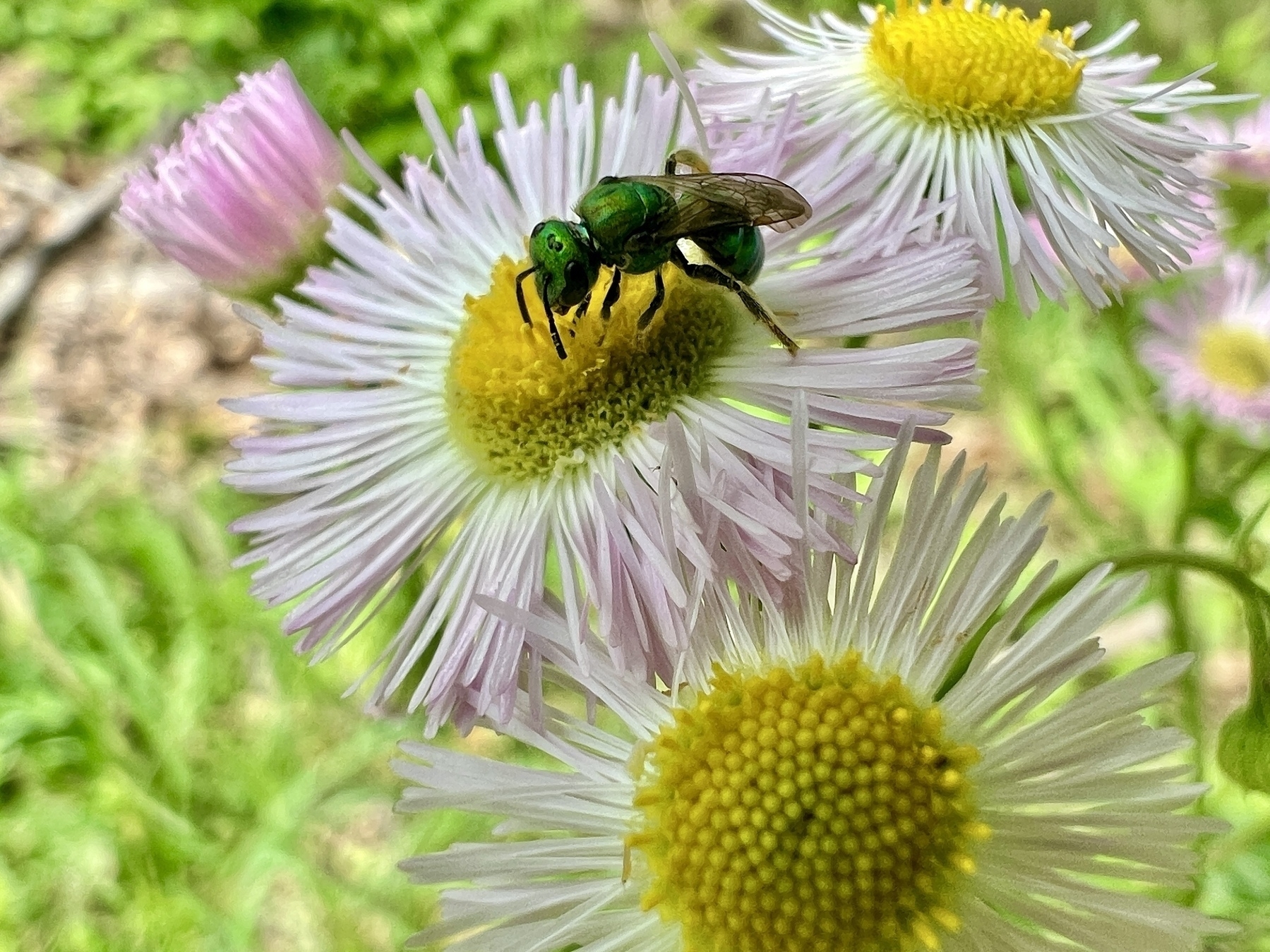
My photos only show a small area along the trail but this hill is covered in Mayapples. It's quite something.
Working on getting my blackberries sorted for the summer. Under the layer of grass clippings are layers of all sorts of paper and cardboard and under that are many very happy worms loosening up the soil. Still have a bit of weeding and transplanting to do.
Cofounder of Greenpeace and writer of the Deep Green column Rex Weyler helps us transcend the idea that we can fix the environment – or anything else – so we can finally learn to participate as members of a living world.
An excellent discussion between Rex Weyler and Douglass Rushkoff on the current episode of the Team Human Podcast.
With all the rain we've had recently the creek is flowing really well. My favorite place to stop and be still. These are the best moments in my simple, slow life. Learning to be content in a smaller radius and with as little external fossil fuel input as possible.
Really nice trail ride today. Lots of wild flowers. Hypoxia hirsuta, common goldstar, one of those that's currently blooming.
Expect the unexpected
Six months ago I woke up at 2 am and the room was spinning. I went back to sleep and when I woke up everything was back to normal. I made breakfast and went out for a short bike ride. An hour after getting back to my tiny house the world started spinning again. It was a pretty terrible day. By noon I’d thrown up my breakfast and from that point on I was just dry heaving as my body and brain just seemed out of control. Spinning and heaving for hours. That was the evening. By 10pm I was exhausted and fell asleep.
For the next 2 days the spinning gradually slowed down. Still spinning but less so. I was able to tolerate it and if I didn’t move my head there was less spinning. I slept a lot because having my eyes open was difficult as it was hard to focus. Day by day I was able to do a bit more and feel just a bit less dizzy. By the fourth and fifth days I could look at a screen for a few minutes at a time. Gradually over the next few days I was able to look longer at my iPad’s screen, read email, send messages for short periods of time. But it was difficult to focus. Bright light, head movement, standing, walking was all very difficult for the first week. I could do it but I was off balance and spinning with any movement.
After about 10 days the intense spinning and imbalance had lessened enough that I could get up, walk around and not feel like I was in danger of immediately falling over. It was still difficult but better. After another 10 days I was ready to get my dogs back from my sister but still far from anything resembling normal. I had been diagnosed with Benign paroxysmal positional vertigo (BPPV) but that’s normally a condition that resolves in a week to a month.
At about 30 days after the initial day of dizziness the condition persisted. I don’t have insurance or a regular doctor of any kind so I went in to a nearby “critical care clinic” to have my ears checked. They did the usual check of weight, blood pressure, etc. My ears looked fine, no sign of an infection. I went home hoping that it was BPPV after all and that it would resolve soon. By this point I was able to work and look at a screen with just a bit of eye strain. Oh, and a difficult time concentrating.
60 days after the beginning of it all and the symptoms persisted. While there had a slight improvement I was still dizzy enough that I would not think of driving. I could walk but it was like walking drunk. The eye strain I’d previously been experiencing with my vision when outside was less but still present. At this point I was increasingly certain that the diagnosis of BPPV was incorrect and that it was likely labyrinthitis though I had no other symptoms that often seem to accompany that condition: tinnitus, loss of hearing, a feeling of pressure in the ears to name a few.
At about 75 days I started feeling just a bit of pressure in my ears and the beginning of low-level tinnitus. By 90 days the level of tinnitus had increased. I’d been discussing my condition with a local friend who has Ménière’s disease and it it seemed possible that it could be Ménière’s but just as likely a more general kind of labyrinthitis as I’ve not had any recurrent episodes of the intense vertigo that comes with that condition. She mentioned the importance of vestibular rehabilitation exercise to help my brain adapt to the condition. A part of that is getting on with normal everyday activities as much as possible. Essentially, my eyes and my brain needed normal everyday activity and stimulation so that they could get on with the business of adapting and compensating.
I forced myself to start getting out for trail walks with my dogs and even got back on my bike. The first test ride was short and is best described as riding while drunk. With each day I walked a bit more and rode the bike a few minutes longer. After few rides on my easy gravel road I took the bike on the trail for a short ride. Much more difficult because of the visual complexity of a woodland.
So, it’s been 6 months. At this point I don’t know when or if the condition will ever go away. I just assume I’ll be living with it for a while. The tinnitus has remained so I play background audio 24 hours a day to help mask it. I still have difficulty concentrating and the sense that my head is top heavy persists as does the eye strain. But I walk every day and ride my bike on the trail fairly often. It’s not easy or enjoyable the way it was before. If there is improvement I don’t really notice. I think my brain is just very slowly getting better at compensating. My physical stamina is far less than it was before but I do feel that I’m at least approaching what I think of as a new normal.
I’ve long tried to eat a healthy diet and get regular exercise in the hopes that I could prevent many of the conditions that otherwise seem to become problems for people. From what I’ve gathered this condition, whatever it is, isn’t something I could have prevented. And while it was a fairly horrible experience in the first days and weeks it’s something I’ve accepted that I’ll have to live with. It’s humbling to be so completely knocked around, to suddenly feel so helpless. I know there are others with far worse health conditions and circumstances so I’m grateful that while it’s been difficult, it could have been worse. I’m grateful that I’ve got family nearby that were able to help me in the first days and months since.
And though I knew it before, I’m grateful to be reminded that nature isn’t always beautiful, isn’t predictable. As a living organism I shouldn’t assume stability in health even if I’ve made an effort to be healthy. At any moment it’s possible for life to take very different turns. I’ll try to remember that.
A fascinating video about how the Earth and our solar system move through the galaxy. Our solar system takes 225 million years to orbit the galaxy. The first dinosaurs on Earth evolved the last time it was in the current positon during the the late Triassic.
Auricularia americana, jelly tree ear or Auricularia auricula, wood ear. According to Wikipedia the first grows on broadleaf trees but is confined to Europe. The second grows on conifers and can be found in North America. These were found on the trunk remains of a broadleaf tree in North America.
